The Proceedings of the Cambridge Antiquarian Society (PCAS) Volume CXIV features PCA on the front cover once again, this time with a striking find from Huntingdon: a medieval bone flute made from a pig’s tibia.

While bone flutes were common in the medieval period, they were usually carved from sheep or goat tibiae, or the wing bones of domesticated birds like geese. The use of pig bone is unusual, and even more remarkable is how well it has survived; complete medieval flutes are very rare finds.
It’s a small object, but one that gives a real sense of medieval life, the sounds people would have heard, and the ways everyday objects were made. A simple flute, but one that deserves its front-cover moment!




















